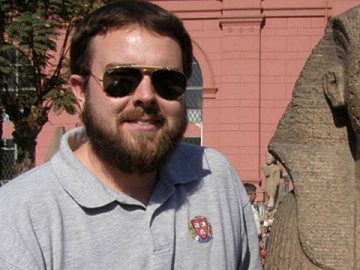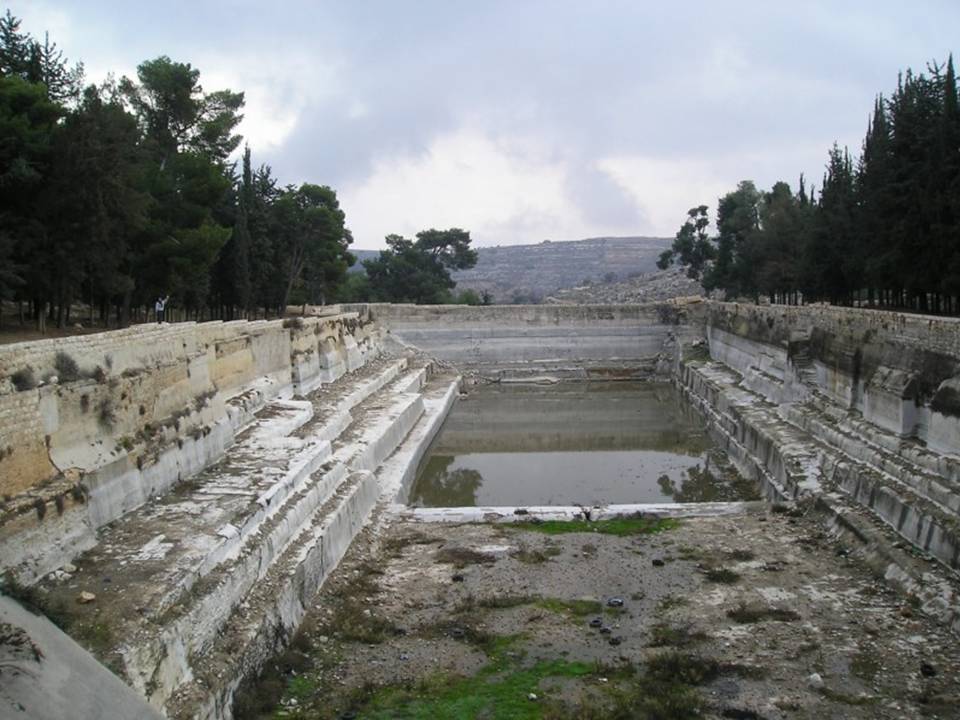| Rather listen instead? |
| JP members can click the link below for an audio version of this essay.[*]
Paid Content
Premium Members and Friends of JP must be signed in to view this content. If you are not a Premium Member or Friend, please consider registering. Prices start at $5/month if paid annually, with other options for monthly and quarterly and more: Sign Up For Premium  |
Updated: 8 August 2021
In 2007, my wife and I were teaching at a small school in Bethlehem, Palestine when the news broke that Ehud Netzer had finally achieved the objective of his lifetime search: the tomb of the infamous King Herod.
When we first arrived in the Holy Land, my wife and I toured as many sites as we could on both the Israeli and Palestinian sides of the border. One of the great things about working in Palestine was that we were able to tour sites in the Palestinian Territories that most American tourists never visit, such as Hebron and Jericho. There are even many sites in and around Bethlehem to which many tourists never travel, such as Solomon’s Pools, David’s Well, and the Shepherds’ Fields. The Herodium became one of my favorite off-the-beaten-path sites in the Bethlehem area. So at the time of Netzer’s announcement, I already knew my way around the Herodium well, having been there on several occasions.
Premium Members and Friends of JP must be signed in to view this content.
If you are not a Premium Member or Friend, please consider registering. Prices start at $5/month if paid annually, with other options for monthly and quarterly and more: Sign Up For Premium
- [1] For a recent overview of the life of Herod the Great, see Daniel R. Schwartz, "Herod the Great: A Matter of Perspective," in Herod the Great: The King's Final Journey (ed. Silvia Rozenberg and David Mevorah; Jerusalem: Israel Museum, 2013), 34-43. ↩
- [2] See Ehud Netzer, "Herodium," in Herod the Great: The King's Final Journey (ed. Silvia Rozenberg and David Mevorah; Jerusalem: Israel Museum, 2013), 126-161. ↩
- [3] According to the guidebook Trees of the Land of Israel ancient logs used for the construction of dikes and ramparts in the ancient Jewish wars "still can be seen in various places such as Massada or Herodion." See Yoav Waisel and Azarai Alon, Trees of the Land of Israel (trans. A. Horowitz and M. J. Bailey; Tel Aviv: Division of Ecology, 1980), 3. Was one of these the “very old log” the Israeli detective was investigating? ↩





Comments 2
At 90 yrs old it is great to listen rather than try to read. Prof
Bivin we thank you so much for the nearly 40 yrs we have been
listening and reading your articles. We will always be grateful for
the meetings we had in El Paso and visit to Israel.
Todah Rabah John
What a great story! Thanks for sharing.